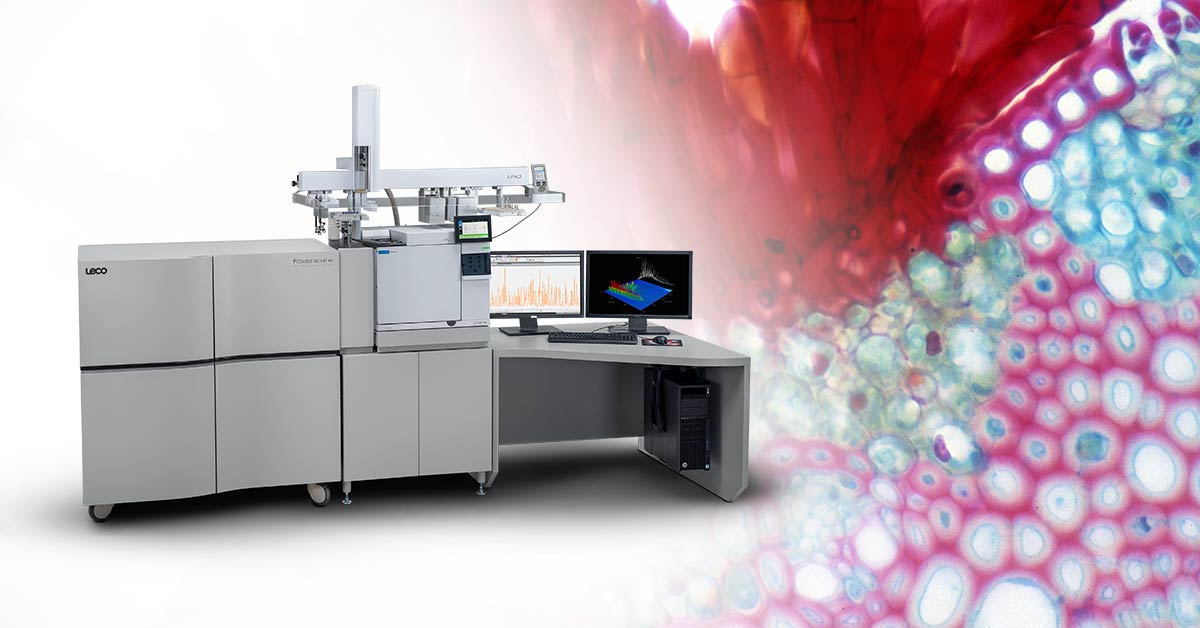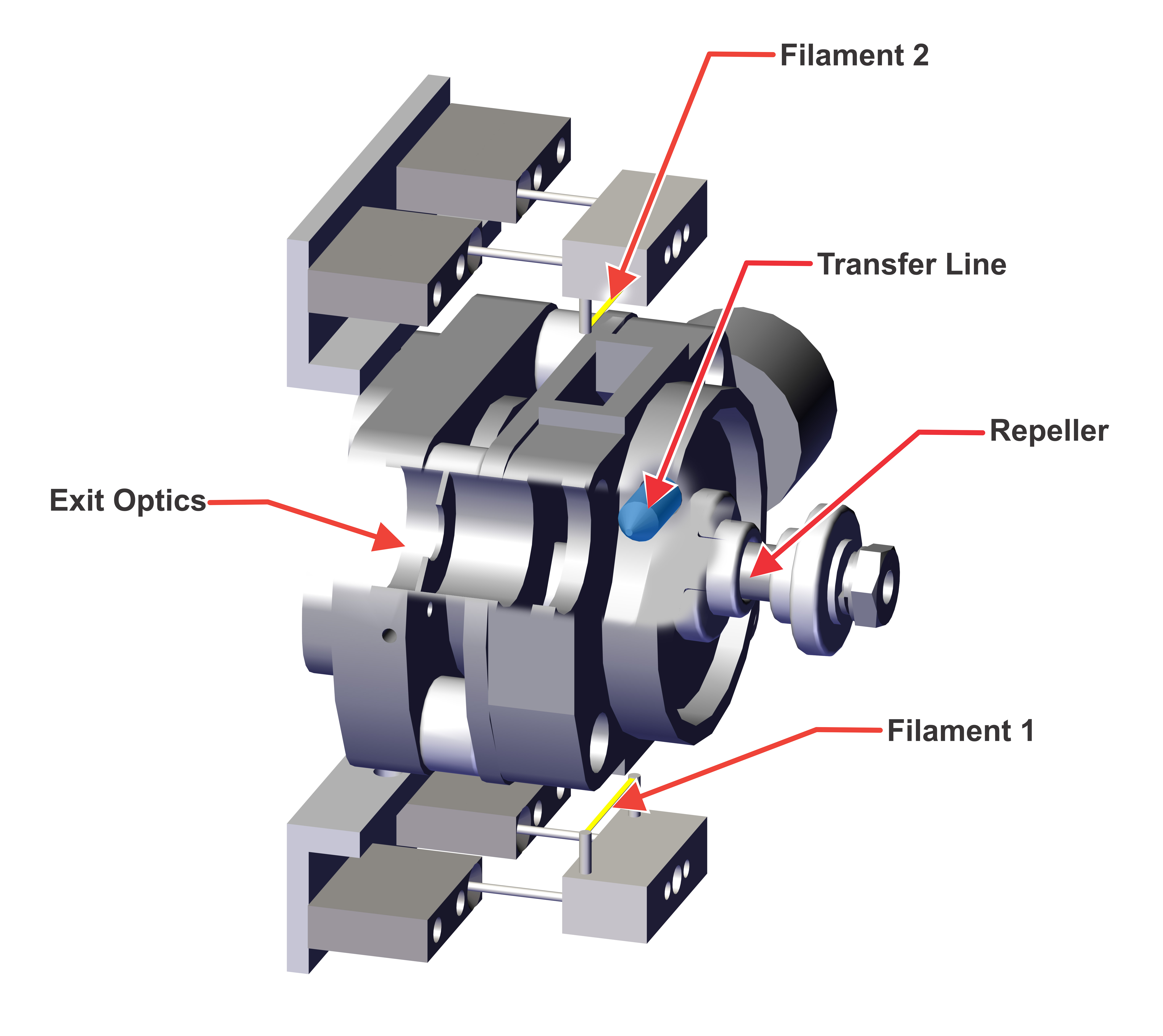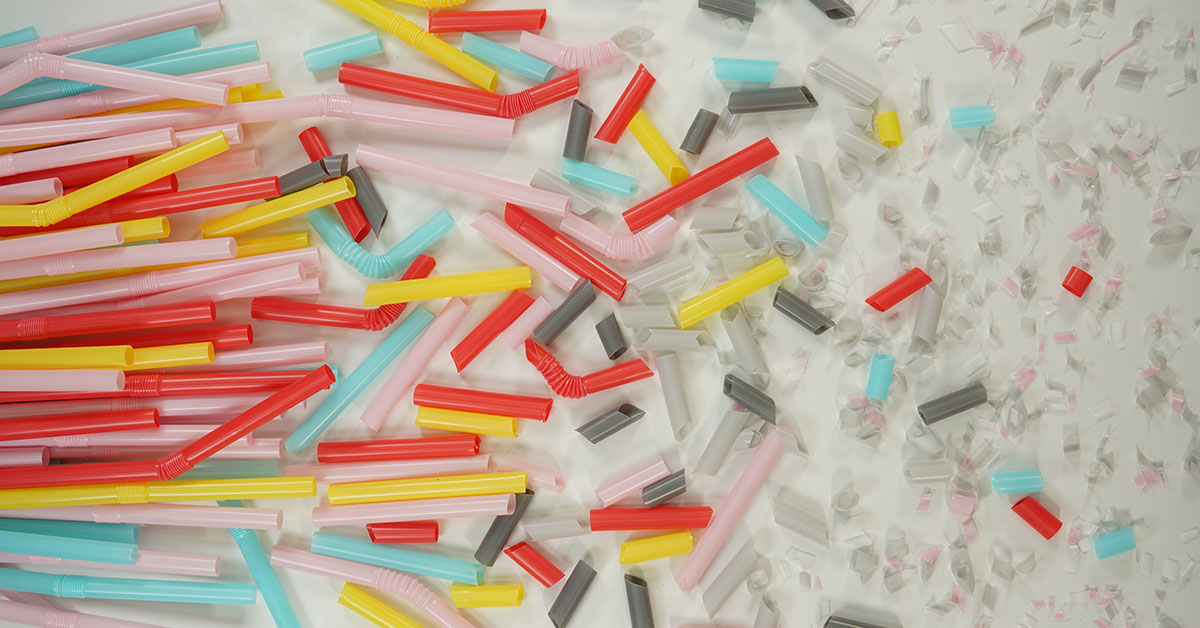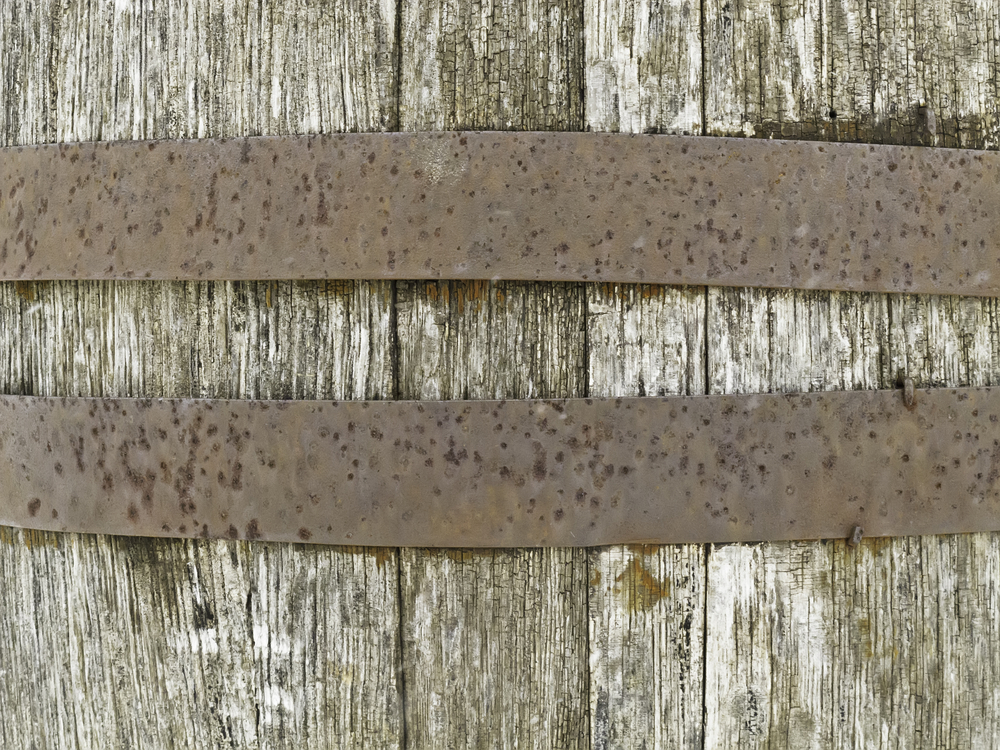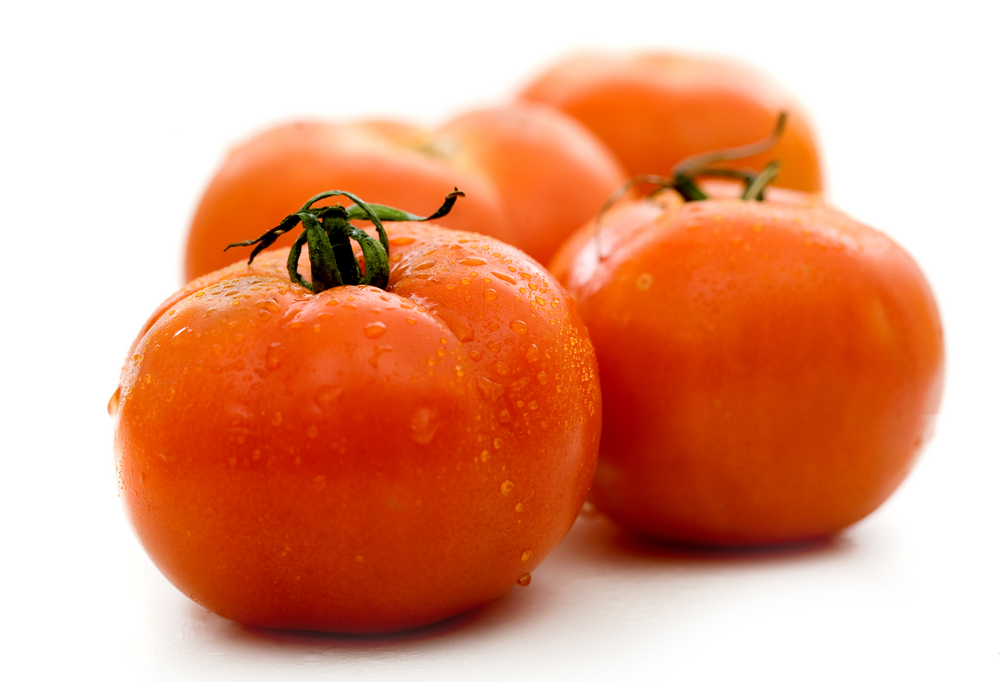On Friday, October 22, LECO hosted three GC-TOFMS experts for a spooky mass spectrometry symposium. Shari Forbes spoke about death and decomposition, Albert Lebedev gave a talk on mummies, and Jane Hill started the day with a look into diseases and a new method of diagnosing them.
LECO Africa gcxgc posts (Page 1 of 7)
Topics: Separation Science Mass Spectrometry, Separation Science, Mass Spectrometry, Pegasus 4D, GCxGC, Metabolomics
The pressure to save money is everywhere these days. The changes due to COVID-19 have only exacerbated the age-old question your own lab has probably asked: how can we cut costs? One hidden expense in a GC-MS lab setting is the cost of cleaning your instrument's ion source.
Topics: Separation Science Mass Spectrometry, Separation Science, Pegasus BT 4D, Pegasus BT, Mass Spectrometry, GC-MS, StayClean, GCxGC
Microplastics are a ubiquitous presence in the world, found from Arctic snow to Antarctic ice and everywhere in between. There are trillions of microplastic particles floating on surface water, and everyone from infants to adults are presumed to be ingesting anywhere from dozens to tens of thousands of these particles every day. But the science of microplastics, especially the incredibly tiny, potentially-cell-disrupting nanoplastics, is only just beginning. The effects of these microplastics isn't well known, largely because the scale of microplastics isn't well known. They are, by definition, difficult to see.
Unless you're looking in a second dimension.
Topics: Separation Science Mass Spectrometry, Separation Science, Mass Spectrometry, GCxGC
Charred oak barrels that were once used to age bourbon have found new life as they get repurposed for a variety of foods and beverages to add a new flavor profile to familiar delicacies. But how much can an old bourbon-soaked barrel change the chemical makeup? LECO used ChromaTOF® Tile to differentiate regular and barrel-aged maple syrups and quantify the difference.
Topics: Separation Science Mass Spectrometry, Separation Science, Pegasus BT 4D, Mass Spectrometry, GCxGC, ChromaTOF Tile
For years, environmentalists have known about the contamination of DDT in the ocean waters off the California coast. Montrose Chemical Corporation, the largest producer of DDT in the United States from 1947 until 1982, was infamously dumping chemical waste from their manufacturing process into the sewer system, contaminating the Palos Verde Shelf and eventually requiring the area to be designated as a Superfund site in an attempt to clean up the environmental damage. However, the known DDT contamination did not seem to be enough to explain the abnormally high cancer rates in the local sea lions.
Chasing a hunch, David Valentine, a professor of geochemistry and microbiology at UC Santa Barbara, dove deeper.
Topics: Separation Science Mass Spectrometry, Separation Science, Mass Spectrometry, Pegasus GC-HRT 4D, GCxGC, Environmental
LECO has released a revolutionary new data analysis software for GCxGC data: ChromaTOF Tile. This software provides an industry-first data comparison tool that identifies statistically significant differences between classes of samples, reducing days-to- weeks of work down to hours, or even minutes. Based on Dr. Robert Synovec’s tile-based Fisher ratio analysis, ChromaTOF Tile partitions the data into a set of regions (tiles) and compares regionalized data. This allows it to disregard normal variances of alignment shifts to focus on where the actual differences are, so users can stop looking at their data and start actually using it.
Topics: ChromaTOF, Separation Science Mass Spectrometry, Separation Science, Pegasus BT 4D, Mass Spectrometry, Pegasus GC-HRT 4D, Pegasus 4D, GCxGC
Tomatoes are the second-most important vegetable crop in the world (arguments over whether or not it should be called a fruit or a vegetable aside!), and thus it is critically important that tomato yields are kept high. Pesticides are the easiest way to control populations that might destroy crops, but we must make sure that the resulting tomatoes are not contaminated. With GCxGC-TOFMS, recognizing and identifying pesticide residue in tomatoes is easier than ever.
Topics: Separation Science Mass Spectrometry, Separation Science, Pegasus BT 4D, Mass Spectrometry, GCxGC

